Wa Yamamura
4.8/5
125 Reviews
No. 6 of Fine Dining in Nara
Highlights: A simple, traditional Japanese restaurant serving exquisite kaiseki cuisine
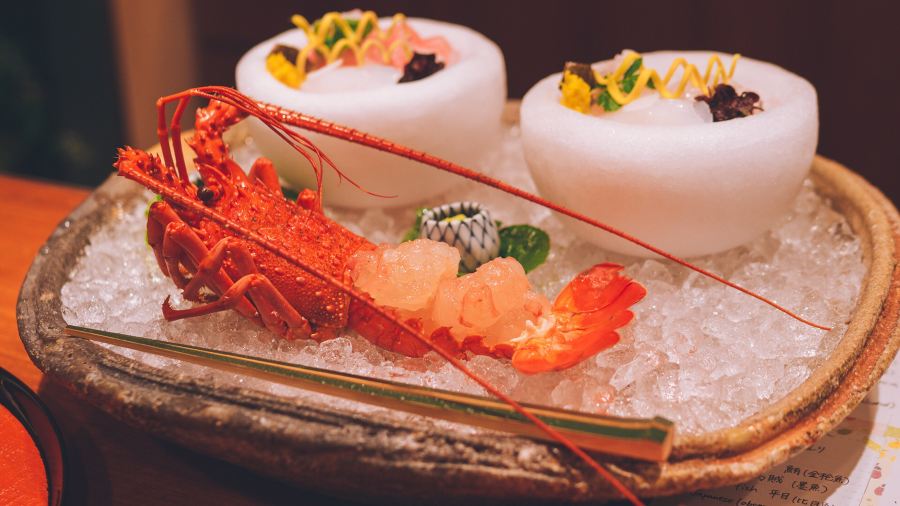
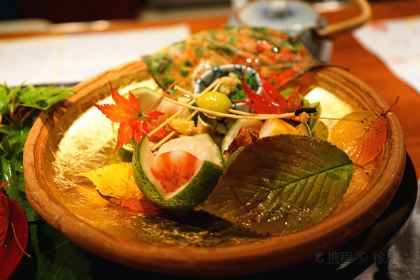
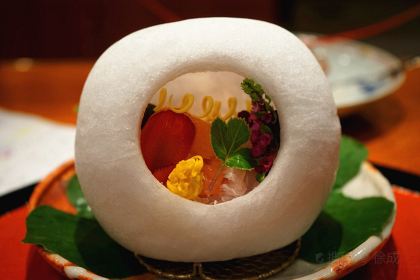
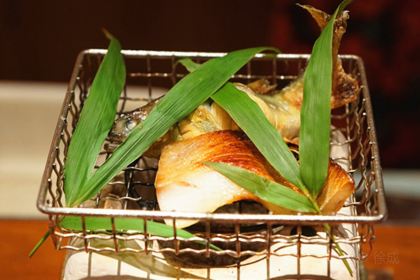
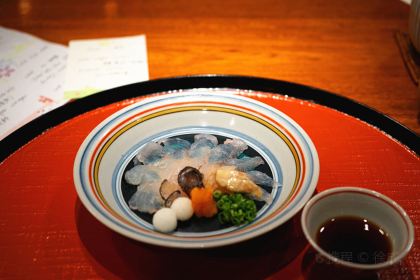
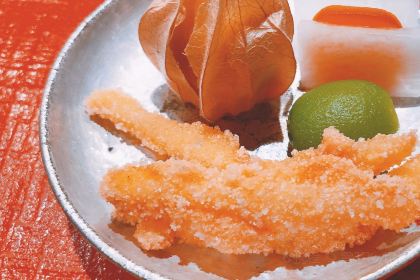
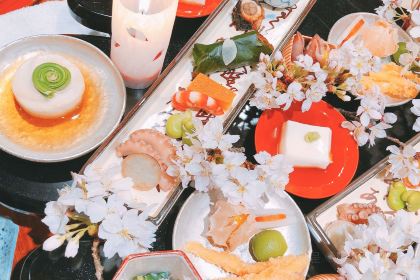
More
Currently closed|Open at 12:00 todayShow more
+81-742-33-0102
2-11-15 Shibatsuji-machi, Nara-shi
 AmandaA simple charcoal grilled matsutake, I tasted the deliciousness of the mushrooms, felt the first-class service, and experienced the unique craftsmanship. In addition to charcoal grilling, matsutake can also be used to make soup. I will post another review about matsutake soup later, which is still delicious.
AmandaA simple charcoal grilled matsutake, I tasted the deliciousness of the mushrooms, felt the first-class service, and experienced the unique craftsmanship. In addition to charcoal grilling, matsutake can also be used to make soup. I will post another review about matsutake soup later, which is still delicious.Reviews of Wa Yamamura
Some reviews may have been translated by Google Translate
4.8/5Outstanding
All (125)
Latest
Photo reviews (22)
Positive reviews (68)
A simple charcoal grilled matsutake, I tasted the deliciousness of the mushrooms, felt the first-class service, and experienced the unique craftsmanship. In addition to charcoal grilling, matsutake can also be used to make soup. I will post another review about matsutake soup later, which is still delicious.
Tom Yum wonton soup, bean paste pasta, Shaanxi-style tacos with garlic moss, garlic roasted cabbage with yogurt, and sea bass with mustard are especially delicious. In addition to Wellington steak, the restaurant also has Wellington chicken steak, pork chop, meatloaf, salmon, etc.!
Kaiseki cuisine was originally a meal served by the host to the guests during the Japanese tea ceremony. However, it is now not limited to the tea ceremony and has become a common high-end cuisine in Japan. "Kaiseki" means to be like a saint wearing a coarse cloth but holding a jade in his heart. Its form is "one soup and three dishes" (or one soup and two dishes).
The only Michelin three-star restaurant in Nara, it is hidden in the residential area and is hard to find. I finally booked dinner through an agent. I hurriedly rushed from Kasuga Taisha Shrine, but it was still quite far from the scenic area. I saw the sign of Heshancun at the top of the entire quiet residential area. The owner aunt warmly invited us to sit down and explained today's menu in detail. The fancy Kaiseki cuisine was served one after another. The taste of Kaiseki is not as delicious as imagined. It is more of an art and a kind of emotional beauty of Kaiseki. The utensils used by the owner to place the dishes are all art. Even if the dishes are not so to our taste, they are enough to beautify our vision. After the meal, he will personally write an inscription. Looking at the inscription "happiness", I also feel a strong friendship. I like this restaurant very much
Heshanmura is the only Michelin three-star Kaiseki restaurant in Nara and also has two stars on Ctrip's Food Guide. The environment inside the restaurant is very simple, the family atmosphere is very strong, and the menu is also very cute. You can feel the care put into every dish. The handwriting of the chef Mr. Yamamura, who is always busy with his head down, is quite nice.
I accidentally found out about this Mi3 restaurant when I was visiting Nara. I didn't make a reservation for lunch, but luckily there were still two seats for the evening. I had to change my schedule and rush over from Osaka to taste it. This restaurant doesn't have an order form, only a price list with 3 prices for lunch and dinner. The most expensive special set meal can only be booked a few days in advance. The cheapest one is a reduced version, and we ordered a full Kaiseki set meal. The lunch set meal is a reduced version of the Kaiseki set meal. It was full as soon as it opened in the evening. The service at the door was quite enthusiastic. Knowing that you are foreigners, they specially prepared a handwritten English menu to let you know the ingredients and methods prepared today. I counted that there were nearly 60 kinds of materials used. About 30 kinds of one-bite dishes. About 3-4 kinds of simmered soup bases were used for seasoning (limited tasting ability can only distinguish more than 3 kinds of simmered flavors). Compared with Kyoto and Tokyo, Mi3 in this restaurant is not expensive. It does use materials from specific places of origin in the season, the best parts of the materials, and less imported materials to control the total price. The customers are mostly locals and Osaka people. The level of tableware is based on different sets. Obviously, the owner arranged us to sit between the special set and the reduced set so that we can appreciate each other's tableware, bowls, and dishes. The proprietress talked with the diners from time to time to adjust the atmosphere. After the meal, the proprietress and the chef escorted the diners to the door and asked about the dining experience and dish evaluation. Unfortunately, there is still a language difference, and the inability to communicate completely is a flaw. You can take pictures in this restaurant, and many Japanese also take pictures and upload them to Moments.
Wow, Shancun, this restaurant is also a new Michelin restaurant. The whole Kaiseki set meal has dozens of small dishes, at least 3 kinds of complex seasonings, but the ingredients are limited to the season, which controls the total price. The diners are mainly local residents. Judging from the friendliness of the female general, most of them are old customers. I took some photos of the food but not all of them. After dozens of bites, I felt that the taste was homogenized. Here are a few photos of the staple food and the menu for reference. There are two pieces of high-quality tuna belly in the sashimi, which exceeded expectations. The rice is anago rice without eel (local eel is not in season?) to control the total price. There is no doubt that the service is first-class. There should be waiters who understand Chinese, but they also serve everyone in Japanese or English as required. , Speaking English in Asia will be respected and make you feel that it is a high-end store, and this is no exception in Japan.
It was my first time to eat Japanese food at Kaiseki. The overall feeling was very good. The environment was very good and hygienic, and the service was very enthusiastic. The manager recommended that I choose a single meal. I felt that every dish was a work of art, and they were all very good. I recommend everyone to try it.